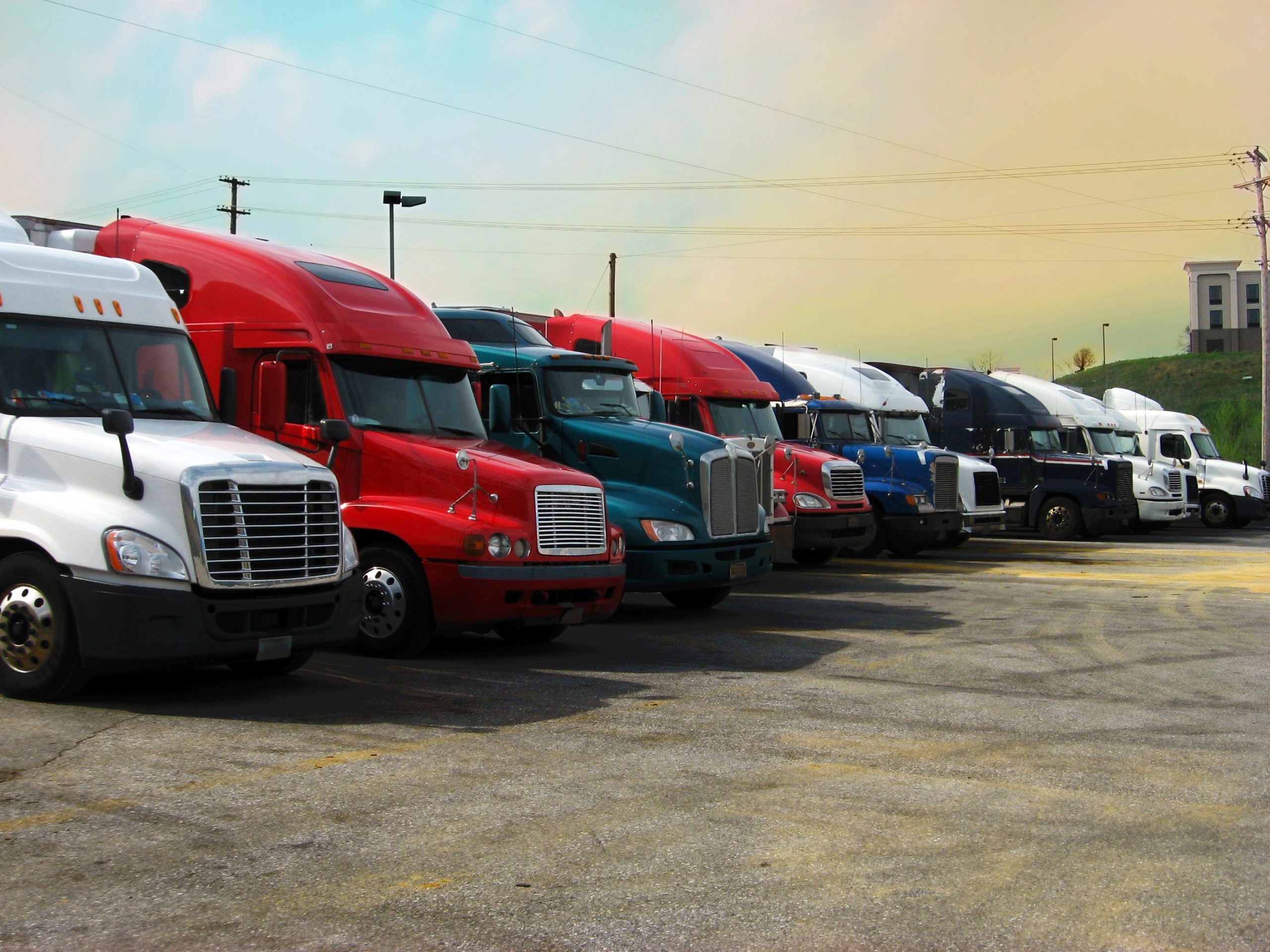How to Select the Best Electronic Logging Device for Trucks

Are you looking to upgrade your trucking fleet with the latest electronic logging device? Well, you’ve come to the right place! In this article, we will guide you through the process of selecting the best ELD for your trucks. Whether you’re a seasoned trucking pro or just starting out, we’ve got you covered. So, let’s jump right in and get started!
Understanding Electronic Logging Devices (ELDs)
Before we delve into the details of selecting the best ELD for your trucks, let’s take a moment to understand what an electronic logging device actually is. Simply put, an ELD is a piece of technology that works in sync with your truck’s engine to automatically record and track important data such as hours of service (HOS), drive time, and vehicle movement. It replaces traditional paper logbooks, making compliance with regulations easier and more accurate.
Now that we’re all on the same page, let’s explore why ELDs are so important in the trucking industry.
What is an Electronic Logging Device?
An electronic logging device, as the name suggests, is a digital tool that truck drivers use to record their hours of service (HOS) electronically. Gone are the days of scrawling numbers on trip sheets or trying to decipher messy handwriting. ELDs automatically capture important data, eliminating the potential for human error and making the process more efficient.
But what exactly does an ELD record? Well, it goes beyond just logging hours of service. These devices also track engine data, vehicle movement, and even the location of the truck. This wealth of information allows trucking companies to have a comprehensive understanding of their fleet’s operations, enabling them to make data-driven decisions to improve efficiency and safety.
Importance of ELDs in the Trucking Industry
ELDs play a crucial role in the trucking industry for a variety of reasons. First and foremost, they ensure compliance with federal regulations. ELDs help trucking companies and drivers meet the requirements set forth by the Federal Motor Carrier Safety Administration (FMCSA), ensuring safer and more reliable operations on the road.
But compliance is just the tip of the iceberg when it comes to the benefits of ELDs. These devices provide accurate records of driver hours, making it easier to manage schedules and optimize routes. By having real-time visibility into driver availability and driving time, trucking companies can effectively plan their operations, reducing delays and improving customer satisfaction.
Additionally, ELDs reduce paperwork and administrative burdens, freeing up time for drivers to focus on what they do best: safely delivering goods from point A to point B. With the automation of data collection and reporting, drivers can spend less time on tedious paperwork and more time on the road, ensuring timely deliveries and maximizing productivity.
Furthermore, ELDs contribute to overall road safety. By accurately tracking hours of service and preventing drivers from exceeding their limits, these devices help combat driver fatigue, a leading cause of accidents in the trucking industry. With ELDs in place, trucking companies can prioritize safety and ensure that their drivers are well-rested and alert during their journeys.
In conclusion, electronic logging devices have revolutionized the trucking industry by streamlining operations, improving compliance, and enhancing safety. With their ability to automatically record and track important data, ELDs have become an indispensable tool for truck drivers and companies alike. So, if you’re in the trucking business, it’s time to embrace this technology and reap the benefits it has to offer.
Key Features to Look for in an ELD
Now that we understand the importance of ELDs, it’s time to dive into the key features that you should consider when selecting the best ELD for your trucking fleet.
Electronic Logging Devices (ELDs) have revolutionized the way trucking companies manage their operations. Beyond just ensuring compliance with regulations, these devices offer a plethora of benefits that can streamline processes, improve efficiency, and enhance overall fleet management.
Compliance with Regulations
One of the most critical factors to consider when choosing an ELD is ensuring compliance with the FMCSA regulations. Look for an ELD that meets the technical specifications outlined by the FMCSA, ensuring that you are in full compliance and avoiding any potential penalties.
Moreover, compliance with regulations goes beyond just meeting the minimum requirements. A robust ELD system can proactively help your fleet stay ahead of regulatory changes and adapt seamlessly to new mandates, ensuring long-term compliance and operational success.
User-Friendly Interface
Another important feature to consider is a user-friendly interface. The last thing you want is to invest in an ELD that is overly complicated and difficult to use. Look for a device that has a clear and intuitive interface, making it easy for your drivers to navigate and operate.
Furthermore, a user-friendly interface not only benefits drivers but also simplifies training processes, reduces the likelihood of errors, and ultimately enhances the overall user experience. Investing in an ELD with a well-designed interface can lead to increased driver satisfaction and improved compliance rates.
Reliable Connectivity
When it comes to ELDs, reliable connectivity is key. Look for a device that offers stable and consistent connections, ensuring that data is always transmitted accurately and securely. A dependable connection is crucial for real-time tracking, monitoring, and compliance reporting.
Additionally, reliable connectivity is essential for enabling advanced features such as geofencing, route optimization, and remote diagnostics. By prioritizing ELDs with strong connectivity capabilities, you can unlock the full potential of your fleet management system and drive greater operational efficiency.
Evaluating Different ELD Brands
With a grasp of what features to consider, it’s time to evaluate different ELD brands and find the one that suits your fleet best.
When diving into the world of Electronic Logging Devices (ELDs), it’s essential to consider not only the basic functionalities but also the advanced features that can streamline your fleet management processes. Beyond just meeting compliance standards, look for ELD brands that offer integrations with other software systems, customizable reporting options, and predictive maintenance capabilities to maximize efficiency.
Comparing Top ELD Brands
Take the time to compare the top ELD brands in the market. Look for reputable brands with a track record of customer satisfaction, reliable customer support, and regular updates to ensure compliance. Consider their pricing options, user reviews, and any additional features that may be important to your fleet.
Exploring the customer service aspect of ELD brands is crucial, as having responsive and knowledgeable support can make a significant difference in resolving issues swiftly and minimizing downtime. Additionally, consider the scalability of the ELD system to accommodate your fleet’s growth and any future regulatory changes that may impact your operations.
Reading and Understanding ELD Reviews
Don’t forget to read reviews from other trucking professionals. Real-world experiences and insights can be invaluable when assessing the pros and cons of different ELD brands. Pay attention to both positive and negative feedback to get a holistic understanding of each brand’s strengths and weaknesses.
Furthermore, look for case studies or testimonials from companies similar to yours to see how the ELD system has specifically benefited businesses in your industry. Understanding the practical applications and success stories can give you a clearer picture of how each ELD brand aligns with your fleet’s unique needs and goals.
Making the Final Decision
Now that you’ve done your research and compared different ELD brands, it’s time to make the final decision. Here are a few factors to consider when narrowing down your options.
Assessing Your Specific Needs
Think about the specific needs of your trucking fleet. Consider the size of your fleet, the type of operations you run, and any unique requirements you may have. Choose an ELD that aligns with your specific needs to maximize the benefits it can offer.
Considering the Cost
While cost should not be the sole determining factor, it is an essential consideration. Compare the prices of different ELDs and weigh them against the features and benefits they offer. Find the balance between cost-effectiveness and functionality that works best for your budget.
Post-Purchase Support and Training
Lastly, evaluate the post-purchase support and training options provided by the ELD vendor. Ensuring that your drivers are well-trained and receive ongoing support in using the device is crucial for a smooth integration into your trucking operations.
Implementing the ELD in Your Fleet
Congratulations on selecting the right ELD for your fleet! However, the journey doesn’t end there. Implementing the ELD effectively is just as important as choosing the right device.
Training Your Team
Invest time and resources into training your drivers on how to use the new ELD. Provide them with clear instructions and guidelines, ensuring that they understand how the device works and how it can enhance their daily operations. Proper training will lead to a more seamless transition and greater overall efficiency.
Monitoring and Improving Usage Over Time
Once your team is up to speed with the ELD, actively monitor and evaluate its usage. Keep an eye on driver compliance, data accuracy, and any potential issues that may arise. Use the insights gained to continuously improve processes and ensure that the ELD is delivering on its promises.
And there you have it, folks! A step-by-step guide to selecting the best electronic logging device for your trucks. By understanding ELDs, evaluating key features, comparing different brands, making an informed decision, and implementing the device effectively, you’ll be well on your way to streamlining your trucking operations and maximizing efficiency.





